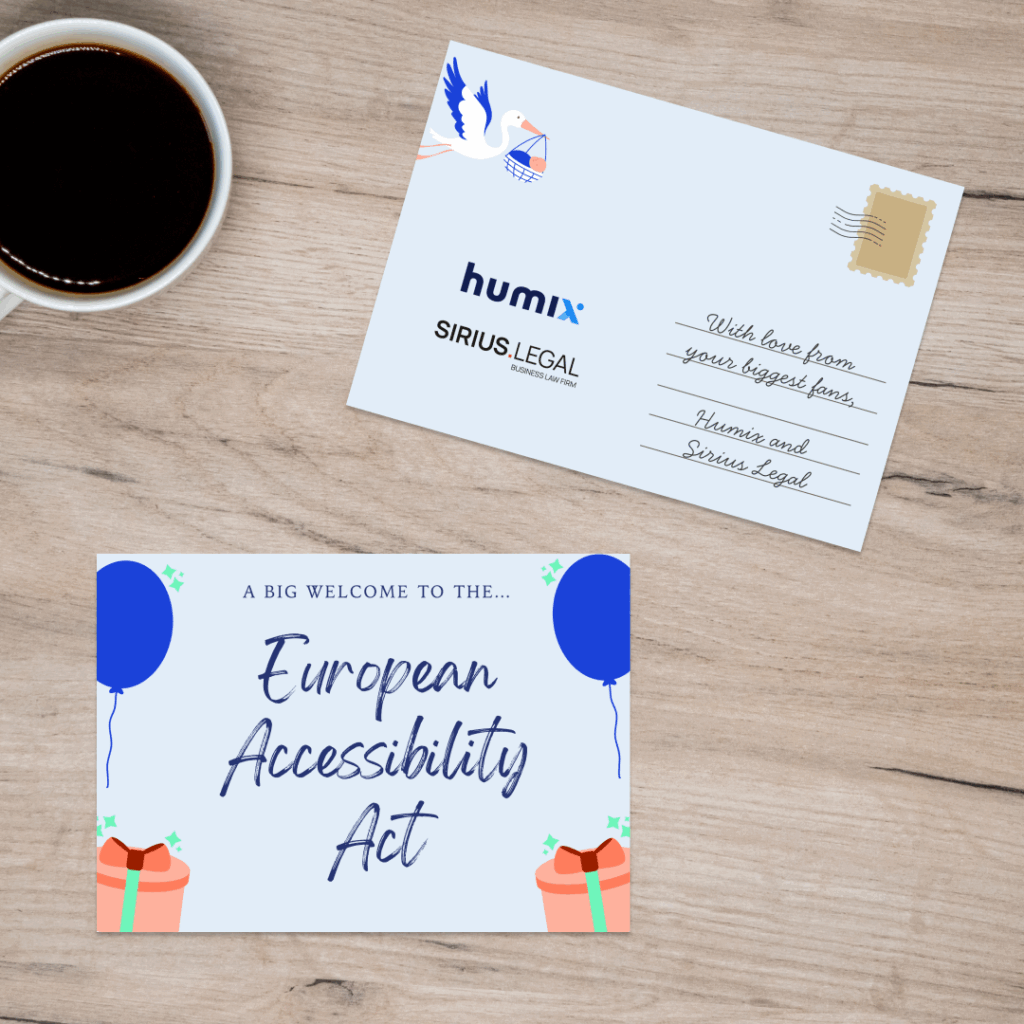On the 17th of November, I went to the event ‘Healthcare UX’ at the House of Innovation in Antwerp for an educational day on User Experience in the healthcare industry. The program existed out of 4 lectures by four interesting speakers with the aim to start a discussion on the possibilities to transform our healthcare to a total experience for the patient.
The first speaker was Amy Cueva (USA), founder of Mad*Pow, an award-winning agency that helps clients to improve their services and products for healthcare and at the same time achieve their business goals. They focus on improving user experience, leverage design to drive change, and facilitate human-centric innovation.
The guidance in her work is empathy. Empathy elevates our consciousness, inspires us, and helps us imagine the possibilities. That’s why empathy is the key to match what’s good for the patient to what’s good for the business. The simple expression ‘shared value + shared action = shared profit’ shows that there is indeed a way to match social and business objectives, but all too often these two are isolated from each other in healthcare. However, by working together and listen empathically to each other’s needs and wishes human-centered innovation can be realized; ‘Because collaboration is the new innovation’.
“Collaboration is the new innovation.”
After this philosophically tinted lecture, which gave a lot of feed for thought, it was Hamish Dibley’s turn (UK). Hamish is an independent management consultant who has worked in a variety of healthcare organizations. He gained a lot of knowledge, experience and expertise on healthcare systems. His goal is optimizing these systems with the patient as most important player.
These days there is too much focus on reducing costs. The costs should drop, so we adjust our activities which has most of the time a negative impact on the patient. An approach that clearly doesn’t work. That’s why we need to analyze the current systems in a detailed and intelligent way. We must study who, what, where, when and why. This qualitative approach will lead to an efficient and holistic solution, which the current quantitative approach clearly does not.
The third speaker of the day was Ed Matthews (UK). Ed joined the Helen Hamlyn Centre for Design in 2007 to lead its work in Inclusive Design for Healthcare and Patient Safety. He develops principles and methods that help us to design better products, services and systems.
During this lecture we discovered a bunch of interesting tools and methods that can help us while designing for healthcare. A nice example is the Third Age Suit. While wearing this suit, you experience the ability, flexibility, hearing, vision and strength of a typical 75-year old.
The fourth and final lecture of the day came from Mark Kramer (Austria). A professor with a background as a surgeon who, besides teaching and research, focuses on everything that involves technology and how it can improve healthcare.
As a former patient, he can confirm that there are still many shortcomings in terms of overall experience. That’s why he pleads for a Patient Experience Team in every single hospital. He also explores the potential use of new technologies in hospitals, such as virtual reality goggles for medical students.
The combination of these four interesting lectures provided me with a good overall picture and a new perspective on the healthcare sector. That’s why I would like to thank Monkeyshot for this fun day and I’m already looking forward to the next edition. By that time, we can hopefully already look back on some successful examples of human-centered innovation in this sector!


